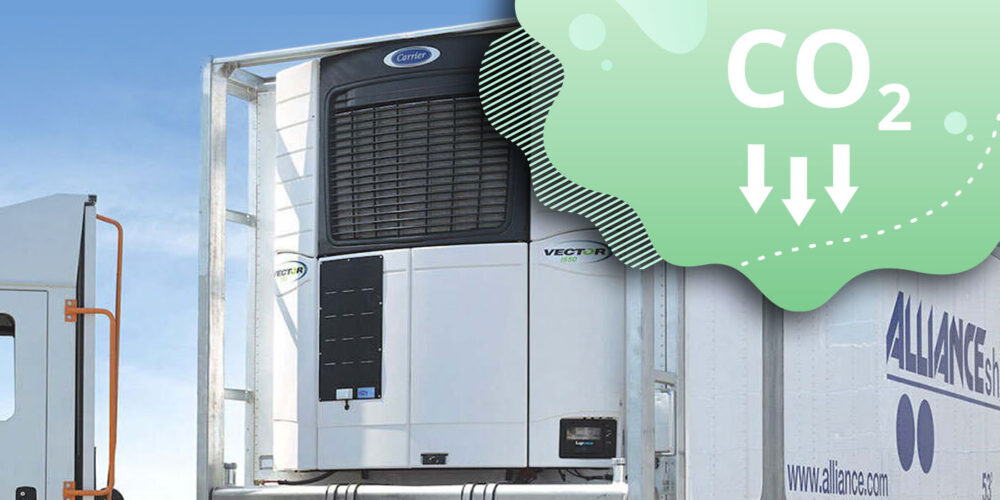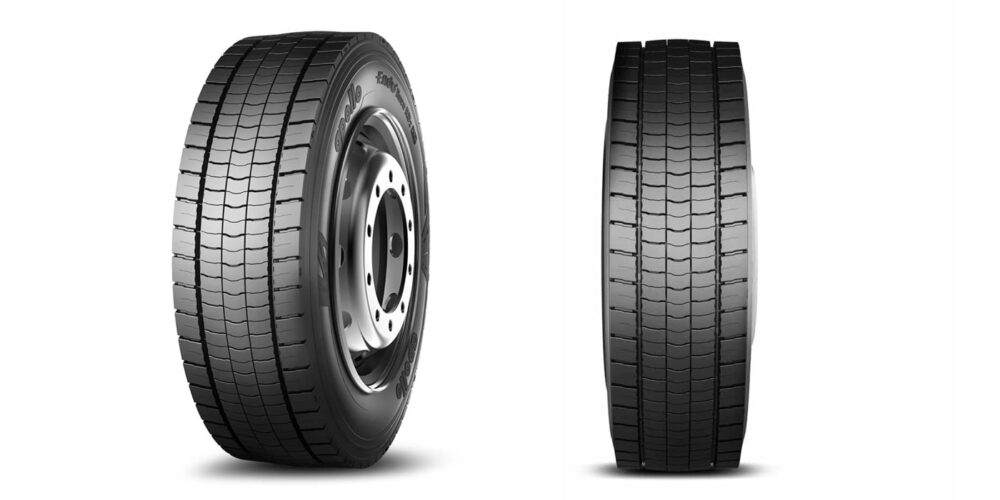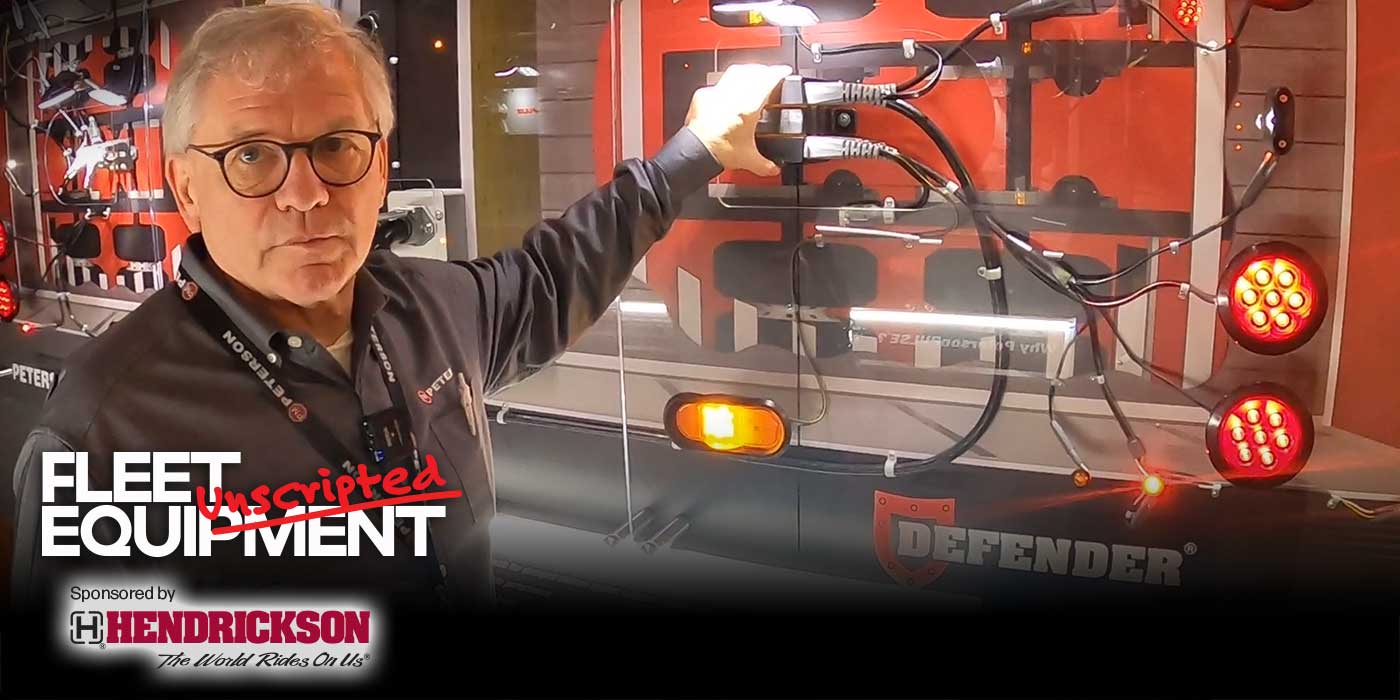Transport refrigeration units (TRUs) play an important role in the cold chain industry. However, their diesel emissions can contribute to climate change and public health risks. With an increasing focus on sustainability, deploying diesel particulate filter (DPF) technology can mitigate the environmental impact of diesel engines and help fleet operations managers meet company environmental, social and governance goals.
The exciting part of this is that there’s no need to delay action. Owners can significantly curb diesel emissions now by outfitting TRU fleets with DPFs, anticipating a remarkable reduction in black carbon emissions of up to 95%. This immediate and substantial decrease holds promise in the fight against climate change.
Understanding DPF technology
At its core, a DPF is a specialized device designed to capture and remove harmful particulate matter emitted from diesel engines. These microscopic particles, often referred to as diesel particulate matter (DPM) or soot, pose significant health risks and contribute to air pollution and climate change. DPF technology works by trapping these particles within a filter, allowing only clean exhaust gases to exit the engine.
One of the most compelling aspects of DPF technology is its versatility. Unlike alternative solutions that may necessitate the purchase of new electric engines, which can often be expensive, DPFs offer a more cost-effective retrofit option for existing engines of various sizes and brands. This adaptability makes them an attractive choice for fleet operators seeking to enhance environmental performance without breaking the bank.
Fleet operation managers who implement DPF technology can operate their TRUs in all 50 states which helps both utilization and resale value. Air quality improvement can be significant, especially at refrigerated warehouses and distribution centers where multiple TRUs can operate at the same time. These facilities are commonly found in disadvantaged communities, highlighting the need to urgently reduce particulate matter (PM) emissions. Doing so can help improve health outcomes and promote environmental well-being in these areas.
Active vs. passive DPFs
When considering TRU options, it’s important to differentiate between the types available on the market. A passive DPF refers to filters with limited self-cleaning or self-regenerating capabilities. These filters can only regenerate under specific conditions, typically when exhaust temperatures are elevated, and NOx/PM ratios are within narrow parameters. Keep in mind that passive systems necessitate regular maintenance and monitoring of idle operation time, cold starts and back pressure.
Active DPFs, also known as regenerating diesel particulate filters, possess self-cleaning capabilities. They conduct automatic regeneration independently of exhaust temperatures, engine loads, cold starts and engine run time.
The benefits of implementing active DPFs are immediate
Active DPFs, like those manufactured by Rypos, can remove up to 95% of black carbon soot upon installation. This substantial reduction in harmful particulate matter significantly contributes to mitigating harmful emissions and improving overall air quality.
Ensuring compliance with stringent air quality regulations is a key advantage of active DPF technology. By meeting or surpassing established standards, these filters contribute to safeguarding public health and environmental well-being.
While there may be an initial investment required for installation of active DPFs, Rypos says the subsequent decrease in maintenance requirements and downtime translates to significant cost savings over the lifespan of the equipment.
Despite common misconceptions, active DPF technology does not compromise engine performance: it optimizes engine efficiency while simultaneously reducing harmful emissions, enabling fleet operators to achieve both environmental sustainability and operational excellence.
Actionable steps to deploy DPF technology
Whether you choose to retrofit or replace your TRUs, there are three actionable steps you can take. First, understand emissions. Educate yourself on the differences between various options on the market. Retrofitting existing units with DPF technology can be a great cost-effective solution.
Second, promote your commitment to clean air. Meeting ESG goals is only part of the benefit of reducing PM emissions. Customers are demanding that suppliers take action to be good environmental stewards.
Third, create a financial plan. Consider grants, loans or leasing arrangements to create a budget and financial plan to spread out costs over time. Deploying to DPF technology improves the sustainability profile of fleets, enhancing reputations and attracting environmentally conscious partners, investors and customers.
Advancing environmental sustainability
As the transportation industry continues to evolve, the role of DPF technology in emissions reduction will only become more pronounced. Fleet operators and businesses alike have a vested interest in embracing sustainable solutions that prioritize environmental stewardship without compromising operational efficiency. With active DPF systems, the path to cleaner air and reduced emissions is within reach.














